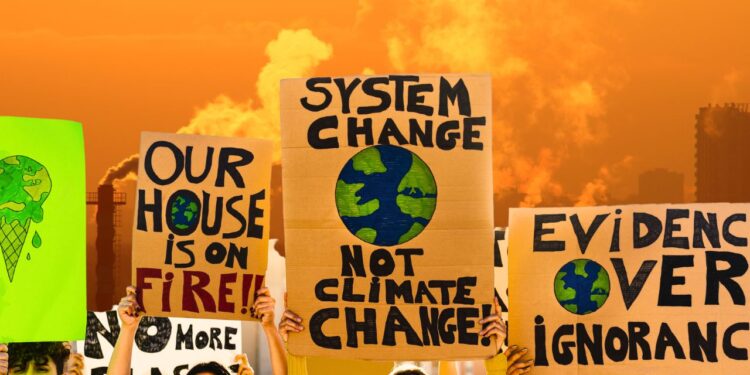On Earth Day, the International Labor Organization (ILO) issued a stark environmental warning revealing that over 70% of the global workforce, or 2.4 billion workers, are likely to face excessive heat exposure during their careers due to climate change.
According to a report published by the Associated Press, this figure has increased 65% since 2000, suggesting there is a growing environmental threat to workers’ health and well-being.
In addition to excessive heat exposure, the ILO report further examines other dangerous health hazards that millions of workers face annually, including:
- Workplace air pollution, which is linked to 860,000 work-related deaths each year.
- Ultraviolet (UV) radiation exposure, which causes nearly 19,000 non-melanoma skin cancer fatalities annually.
- Extreme weather events, which caused 2.06 million deaths “due to weather, climate and water hazards (not just occupational exposures) from 1970 to 2019.”
- Vector-born disease, which is attributed to around 15,170 work-related deaths every year.
- Agrochemicals, which are reported to have caused over 300,000 deaths annually due to pesticide poisoning.
Moreover, many of these hazards are reported to contribute to a range of health problems, such as cancer, cardiovascular disease, respiratory issues, and mental health concerns.
As the world continues to face the challenges and consequences of climate change, it will be increasingly important for governments and employers to prioritize the protection of workers’ health and safety. According to the Associated Press, some countries have already acted through legislative measures and collective bargaining agreements between labor and business leaders to mitigate some of these risks.


 Dr. Gleb Tsipursky – The Office Whisperer
Dr. Gleb Tsipursky – The Office Whisperer Nirit Cohen – WorkFutures
Nirit Cohen – WorkFutures Angela Howard – Culture Expert
Angela Howard – Culture Expert Drew Jones – Design & Innovation
Drew Jones – Design & Innovation Jonathan Price – CRE & Flex Expert
Jonathan Price – CRE & Flex Expert










